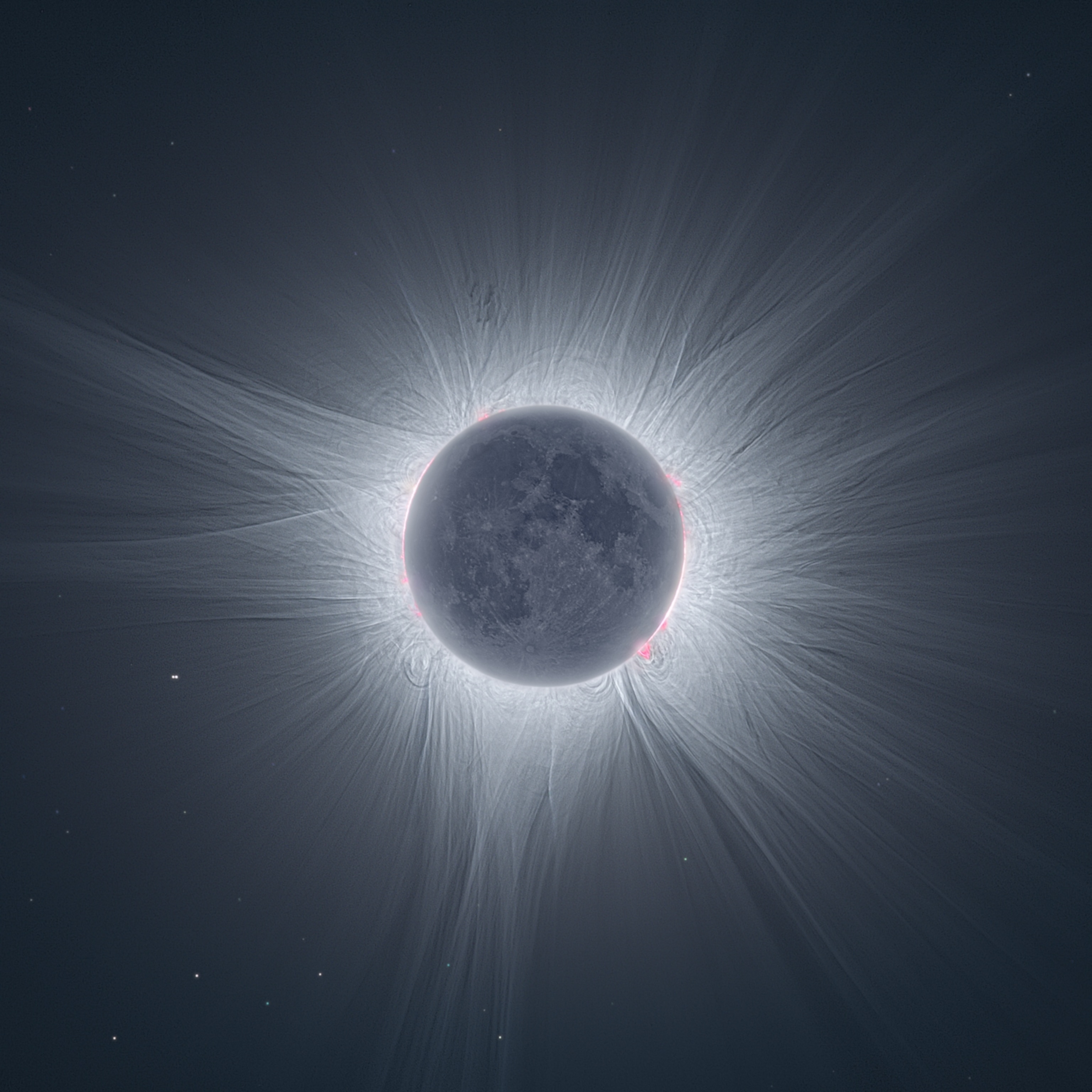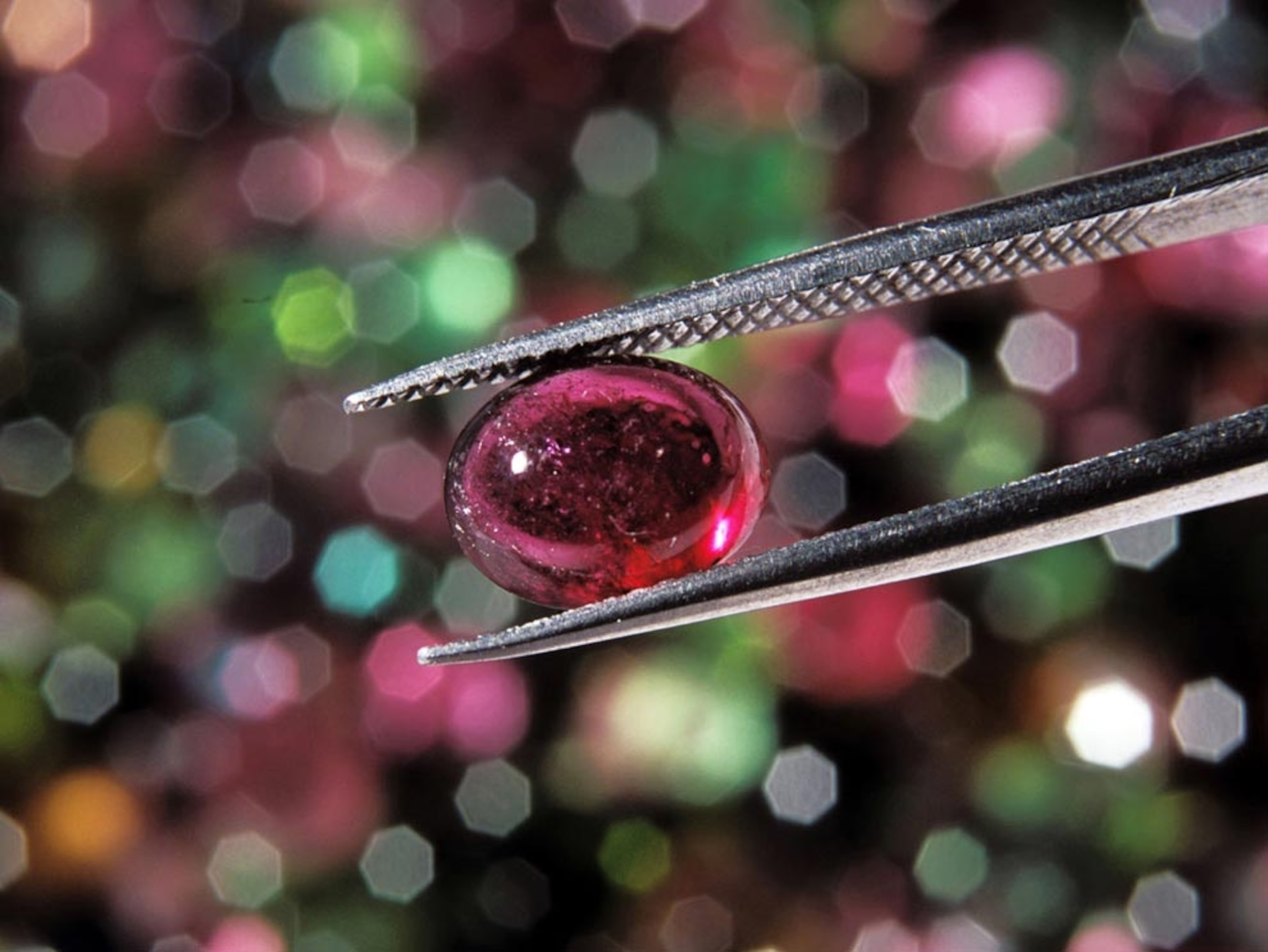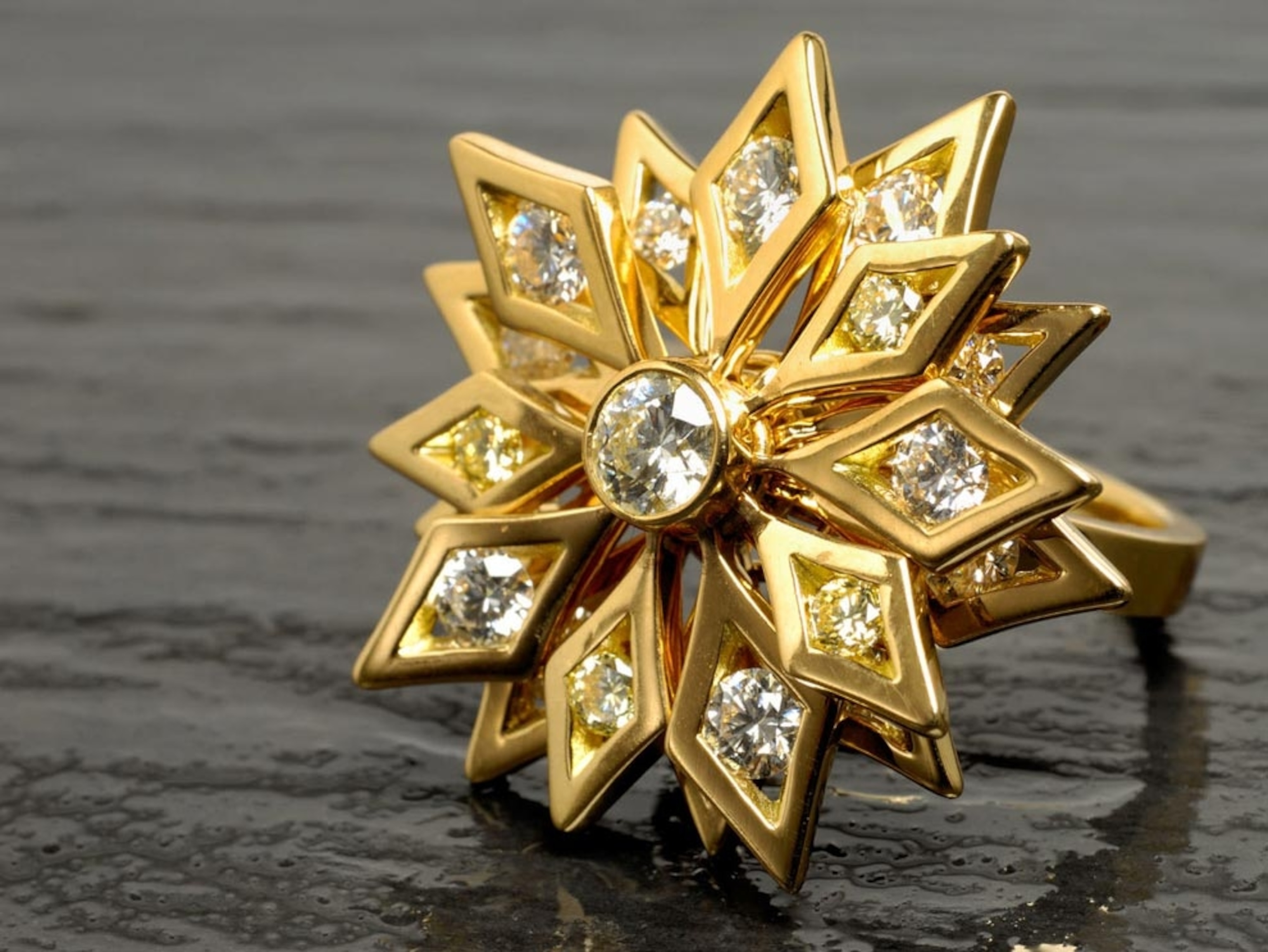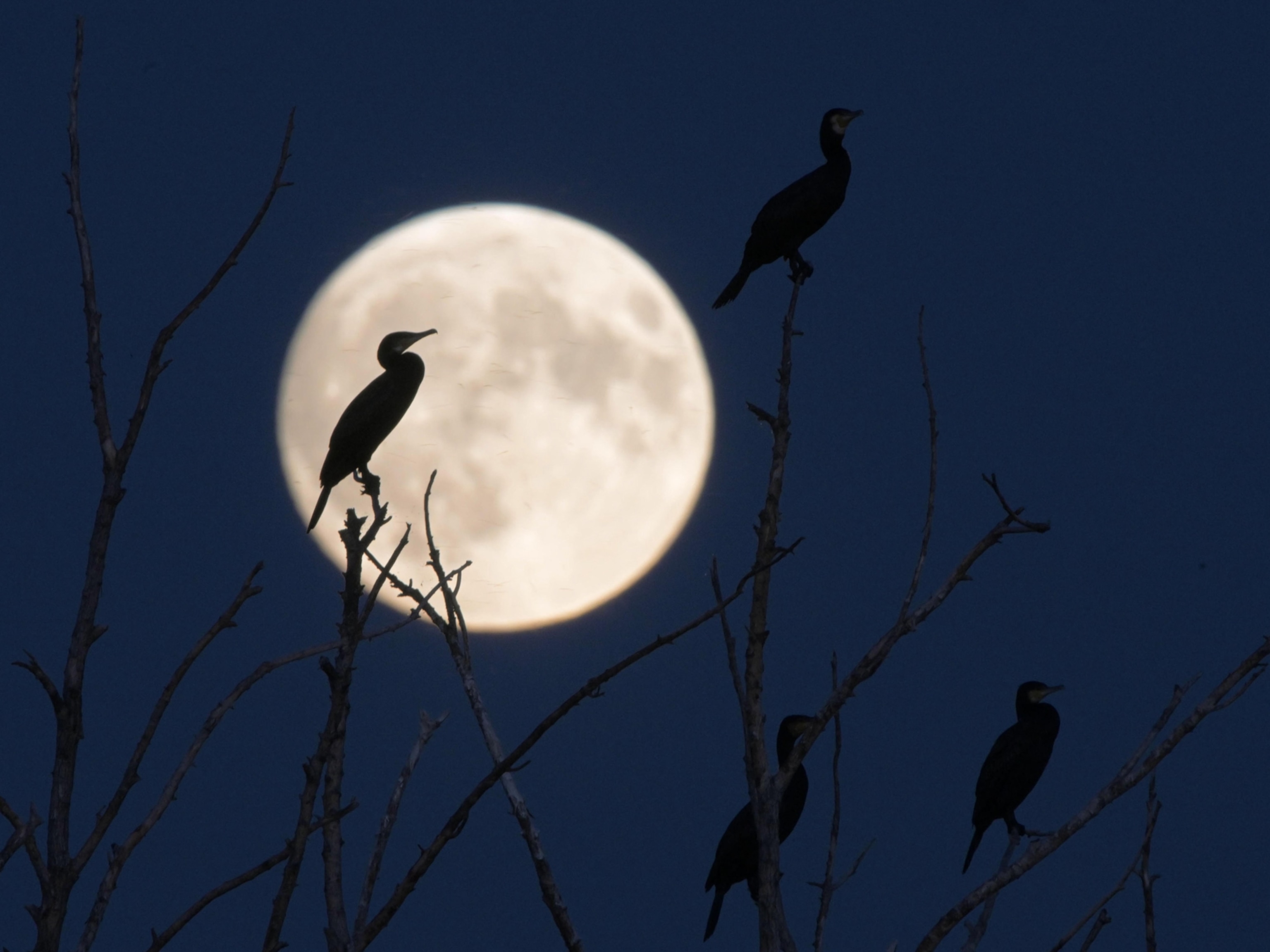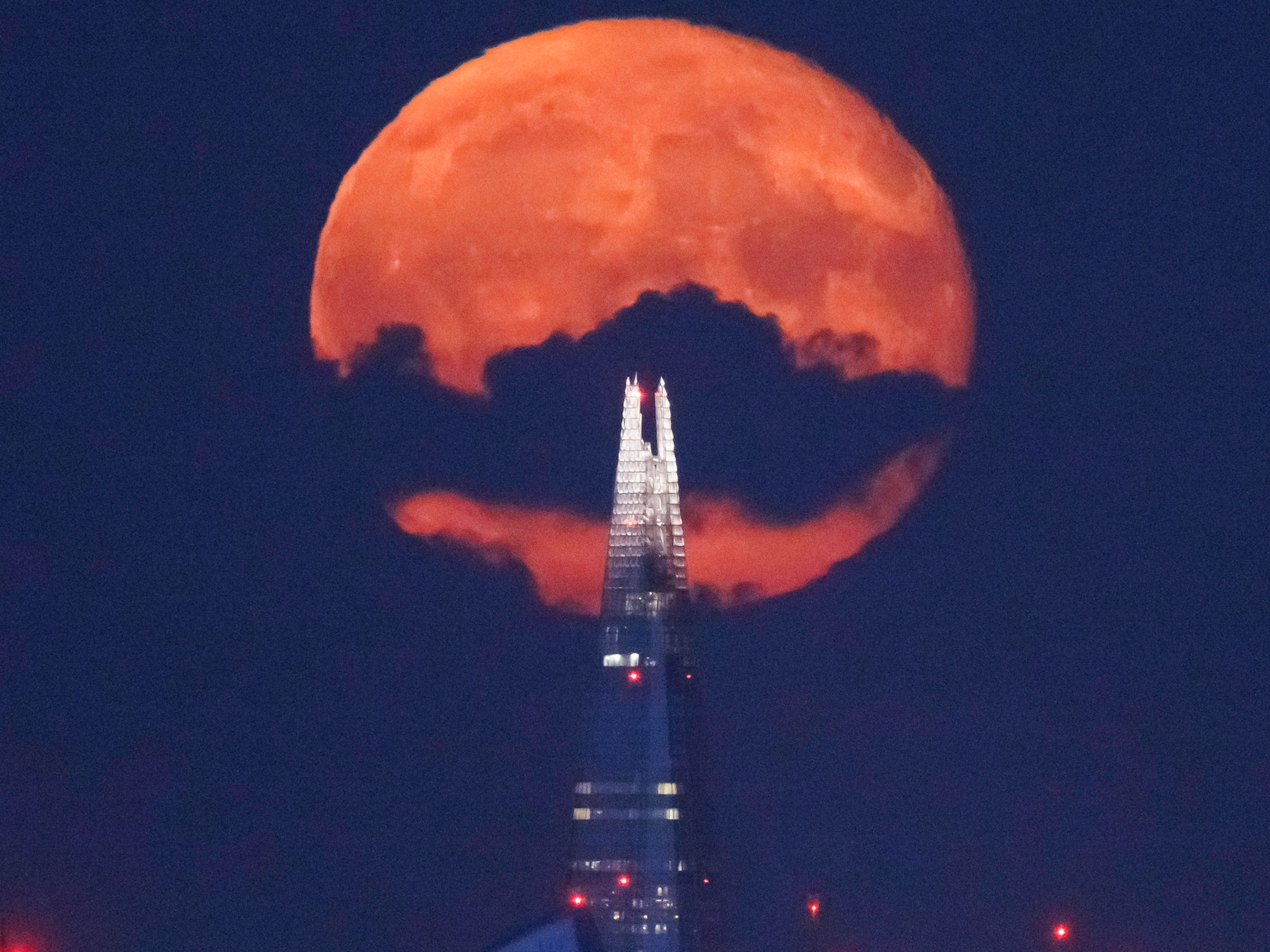
Ancient Earth saw a huge spike in meteor impacts. It may be ongoing.
Moon craters, diamond pipes, and sheer persistence helped uncover the dramatic change in the number of space rocks bombarding our planet.
Ever since the sun was born around 4.6 billion years ago, the solar system has been a violent place. Like a pinball machine filled to the brim, our cosmic neighborhood was once packed with meteors, comets, and even baby planets crashing into each other, leaving scars in the form of impact craters.
Today, we know that space rocks of all shapes and sizes continue their jostling dance. But it’s not clear how the number of impacts has actually changed over time.
Now, researchers using data from a NASA moon probe report something startling in the journal Science: 290 million years ago, the rate of impacts on the moon—and thus, Earth—increased dramatically, and that onslaught has possibly not yet died down.
This matters, not least because asteroids large enough to make it through the atmosphere can smash into Earth and trigger mass extinctions. One such impact proved to be the coup de grâce for the age of the dinosaurs 66 million years ago.
NASA’s Planetary Defense Coordination Office keeps watch for any potentially hazardous Earthbound space debris, and it certainly helps their efforts to know what the inner solar system’s impact rates are like. The more of the picture we can uncover, the better we’ll be able to understand what puts our survival at risk.
Another one bites the moon dust
Inconveniently for impact analysts, Earth has active plate tectonics, weathering, and erosion, and these processes smooth over our planet’s record of ancient craters. That means our impact record is heavily biased toward recent events.
But the moon is an airless body lacking erosional capabilities and plate tectonics, making it a comparatively untouched geological archive. And since it’s been a constant companion to Earth for most of its lifetime, the moon can be used to fill in the gaps in the planet’s impact history.
In effect, the moon is “a time capsule for events that happen in our corner of the solar system. It’s so cool to have all that data,” says study leader Sara Mazrouei, a planetary scientist at the University of Toronto.
Accessing that data isn’t always easy, though. For astronomers who can’t make a lunar field trip, they need other methods for determining the ages of craters. So, Mazrouei and her team found a way to map and date the moon’s craters from a billion years ago to the present using NASA’s Lunar Reconnaissance Orbiter (LRO).
Continents are like pincushions pierced by thousands of kimberlites. They are archives of ancient erosion.Thomas Gernon, University of Southampton
To start, the team knew that large craters formed in the past billion years are covered in plenty of rocky debris, but older pits aren’t. That’s because over millions of years, larger rocks are broken apart by micrometeorite impacts, small gaseous outbursts at the surface, and the switching between extremely hot and cold temperatures during the lunar day and night cycle.
This gradual change from rocks to lunar dust affects how heat escapes from the craters and their surroundings. Study coauthor Rebecca Ghent, an associate professor of planetary sciences at the University of Toronto, took advantage of this fact.
She looked to LRO’s thermal radiometer, named Diviner, which measures the heat being emitted from the moon’s surface. Using already dated craters, she found a “beautiful correlation” between rock cover, their ability to transmit heat, and a crater’s age.
With Diviner now able to date craters larger than 6.2 miles across, Mazrouei set to work. Mapping a billion years’ worth of craters on the moon by hand over the next five years, she quips that she had to check her sanity a few times. However, when she showed her preliminary results to Bill Bottke, a planetary scientist and asteroid expert at the Southwest Research Institute in Boulder, Colorado, she knew she was onto something.
“Some people are sitting on a pot of gold and don’t realize it,” Bottke, another of the study’s coauthors, told her. “And you are sitting on a pot of gold.”
Together, the team found that two to three times as many objects have been slamming into the moon starting 290 million years ago, compared to the impact rates in the 710 million years prior.
You May Also Like
Digging through diamond cannons
The scientists strongly suspected that the same shift in impact rate must apply to Earth, but they knew finding evidence for it would be tricky. That’s when study coauthor Thomas Gernon, an associate professor of Earth science at the University of Southampton, mentioned kimberlites. Suddenly, everything fell into place.
Kimberlites are volcanic, carrot-shaped pipes normally found in the hearts of extremely stable, very ancient continental landmasses. These pipes once launched diamonds up from hellish depths into the shallow crust; nowadays, they are well-mapped and mined for their riches.
“Continents are like pincushions pierced by thousands of kimberlites. They are archives of ancient erosion,” Gernon explains. Before 650 million years ago, a colossal series of planetwide glaciations known as Snowball Earth shaved off up to a third of Earth’s crust, including these kimberlites. For now, impact records earlier than that date are largely lost to time.
From 650 million years onward, however, it’s clear that they have experienced very little erosion. This means they contain an unbiased cratering record, and it shows that the lunar impact spike 290 million years ago also appears on Earth.
RELATED: SPECTACULAR PICTURES OF GEMS
The simplest model suggests that “the impact rate increased 290 million years ago and stayed high over that time,” Bottke says. “That, we can say with confidence.”
This match between the terrestrial and lunar records “makes a very strong argument for this finding being real,” says Paul Byrne, an assistant professor of planetary geology at North Carolina State University who was not involved in the study.
The planet Mercury might help out, too. When the European Space Agency’s BepiColombo spacecraft arrives there in 2025, it’ll be able to use similar instrumentation as LRO’s to map and date the craters on this similarly airless, erosion-free world.
“We might be able to see if there’s a similar signature on Mercury, too,” Mazrouei says. “That would be super awesome.”
Rising tides in the asteroid belt
The question, of course, is why is there a spike at all? According to Bottke, almost all the impacts we have on Earth came from objects that escaped the asteroid belt. A large body broke up, perhaps through a collisional event, creating many fragments.
Over time, these fragments would be bombarded by sunlight. Per a trick of physics called the Yarkovsky effect, the radiation that’s absorbed then re-emitted gives the debris a tiny bit of a nudge. For smaller asteroids, this can move them in reach of the gravitational tendrils of planets, potentially putting them on a collision path.
“It’s sort of like a rising tide,” Bottke explains. “You’ll get a lot of material coming out of the asteroid belt, and eventually you’ll get a peak in the asteroid impact flux on Earth, which will gradually go down over time.”
It’s possible that multiple break-ups in the asteroid belt contributed to the overall spike, or it may be due to one really catastrophic event. This is something future modelling work will hopefully nail down.
Whatever the cause, this impact flux spike will no doubt continue to intrigue scientists hoping to not only understand Earth’s past, but also to avoid the fate of the dinosaurs.


